Bioengineering / Medical Technology
We are currently recruiting enthusiastic PhD students for 2 projects within the FIDELIO (Training network for research into bone Fragility In Diabetes in Europe – towards a personaLised medIcine approach) European Union Horizon 2020 programme. FIDELIO will address different aspects of diabetic bone disease to obtain a comprehensive overview of how diabetes increases fracture risk.
Have a look at our advertisements for ESR6 and ESR12: https://www.fidelio-project.eu/fellows/
Heisenberg Research Group ”Bone Material Quality“
The fracture risk of bone is not solely dependent on bone quantity; indeed, bone’s hierarchical structure has distinct features at multiple length-scales, and thus the quality of the structure plays a large role in its resistance to fracture. Understanding how the nature of fracture is affected by bone quality requires the characterization of various compositional and morphological features at each level of bone’s complex hierarchical structure, which has characteristic features at multiple length-scales, specifically evolving to its macroscopic form (>3 mm) from a nanostructure comprised of collagen and mineral (<500 nm) and a microstructure of lamellae, osteocyte lacunae (3 to 20 µm) and osteons (100 to 300 µm). We believe that such a characterization of bone will lead to a greater understanding of how aging and disease affect bone’s structural features and increase fracture risk. The unique feature of our studies is the analysis of the ultrastructure in physiologic and pathologic conditions. We use an integrated approach combining bone quality assessment and medical technology techniques by using microcomputed tomography (Micro-CT), bone histomorphometry, synchrotron small-angle X-ray scattering (SAXS) / wide-angle X-ray diffraction (WAXD), backscattered electron imaging (BSE), microanalysis (EDX, µXRF), Nanoindentation, Raman/Fourier Transform Infrared spectroscopy (FTIR) and high performance liquid chromatography (HPLC) in order to characterize various levels of the hierarchical structure of skeletally intact and diseased bones, whose mechanical properties are determined via materials testing. These measurements can be carried out with imaging of how the crack paths specifically interact with the bone-matrix components (SEM), thereby providing insight into the controlling toughening and damage mechanisms involved. In this connection, we investigate whether the ultrastructure in terms of the nature of the collagen and mineral characteristics is significantly altered in bone diseases, whether there are distinct changes in structural and material characteristics, and how these changes can affect the mechanisms of fracture. Our aim is to provide new information on how distinct ultrastructural features affect the mechanical behavior of bone tissue; additionally, as this is a departure from purely medical studies of bone fracture, we hope that such bioengineering and materials-science-based studies can positively impact the medical field by providing new and different insights into bone-related diseases, and as such can help in the search for new cures and treatment options for bone diseases.
Principal Investigator
Björn Busse, Ph.D.
Heisenberg Professor, Head of Division, Bioengineering / Medical Technology
Bone material quality
Group Members
Petar Milovanovic, M.D., Ph.D.
Post-Doc
Characterization of osteocyte networks, clinical and high-resolution bone imaging
Gustavo Rabelo, Ph.D.
Post-Doc
Structural changes of the bone-cartilage unit
Imke Fiedler, M.Sc.
Research Assistant
Multiscale bone quality analyses in animal models
Annika vom Scheidt, M.Sc.
Research Assistant
Microstructural analysis of bone, biomechanics, bone imaging
Felix Schmidt, M.Sc.
Research Assistant
Bone imaging, bone mechanics, biomechanics, bone composition
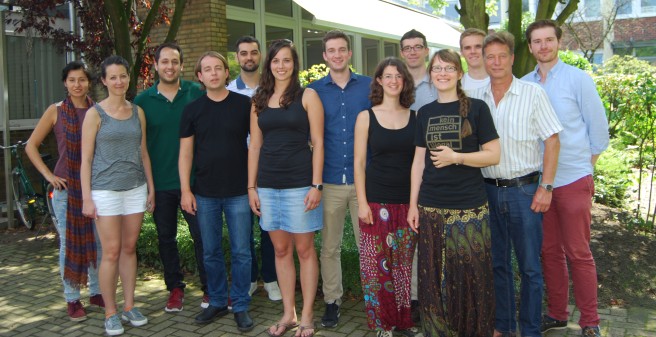
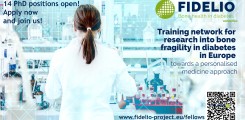
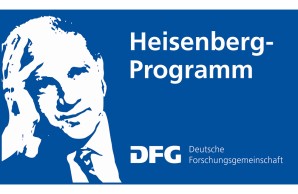
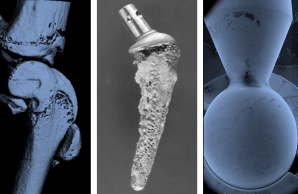
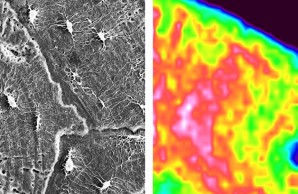
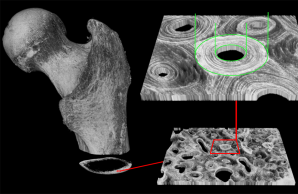
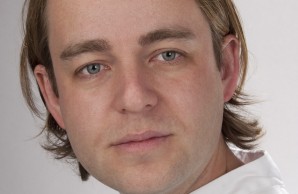
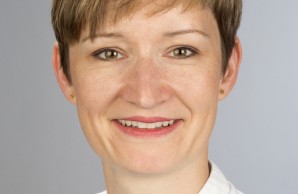
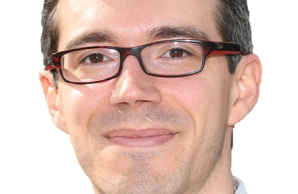
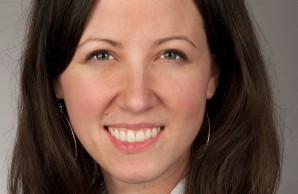
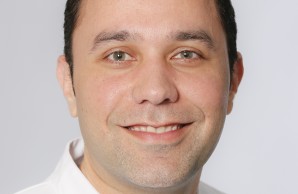

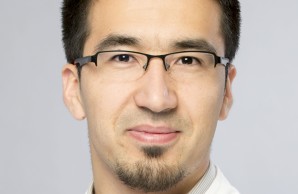
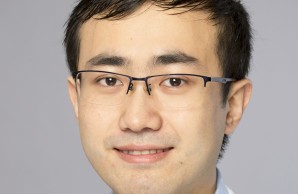
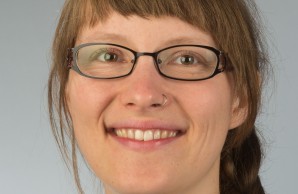
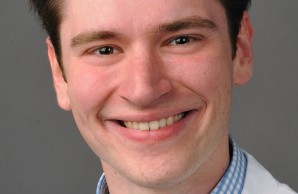
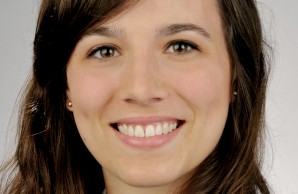
_contentbild2.jpg)
_contentbild2.jpg)